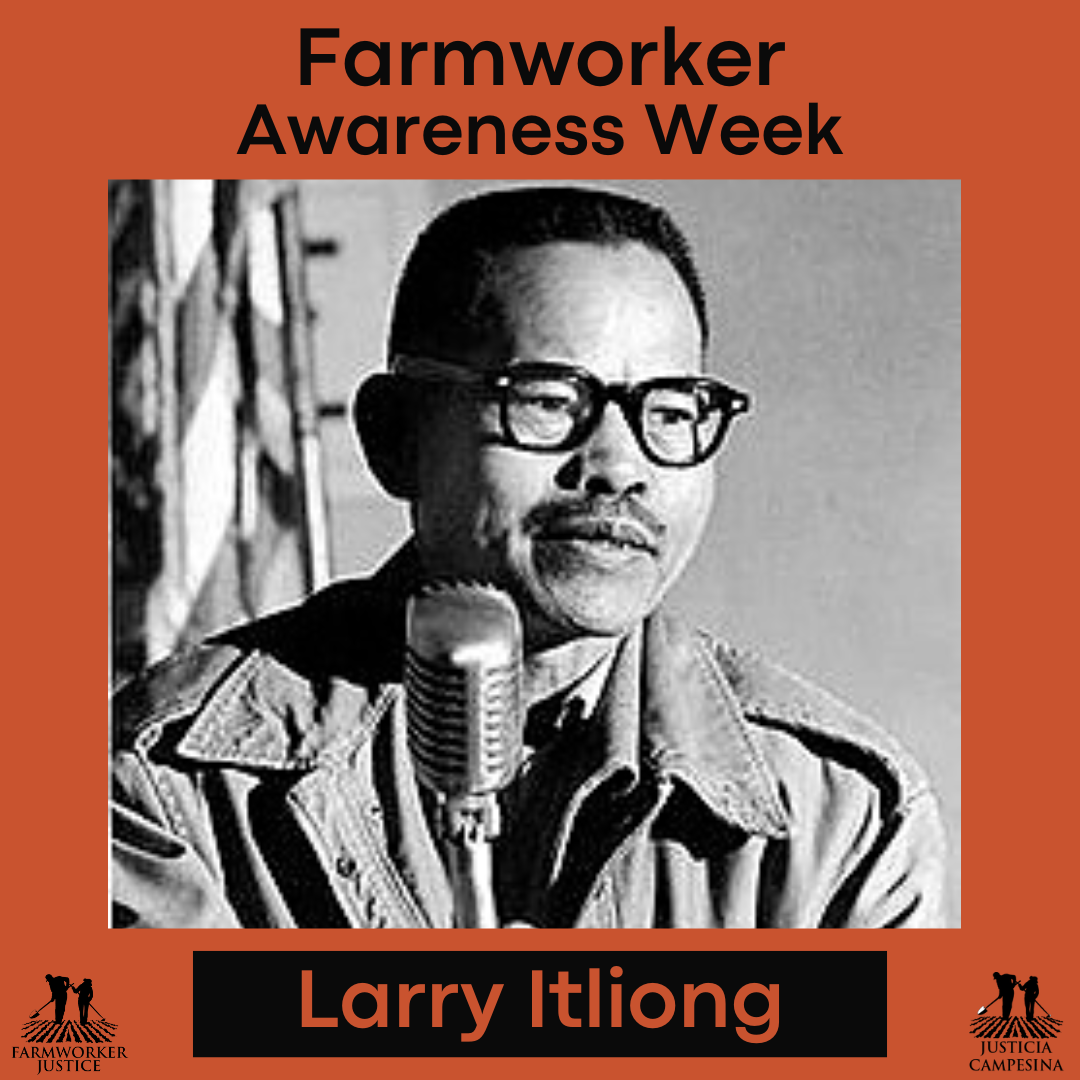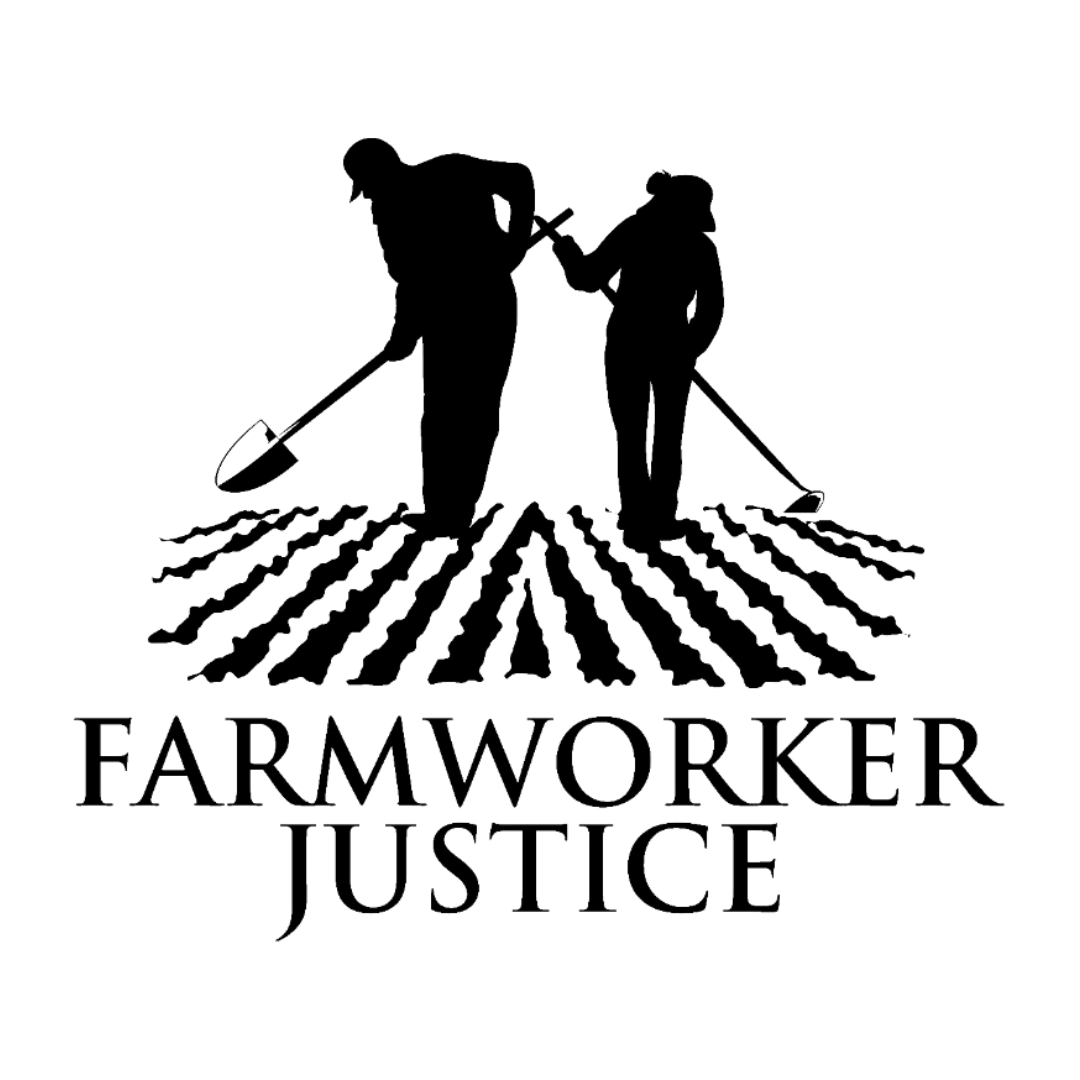Farmworker Icon Highlight: Larry Itliong

It is one thing to be aware of blatant injustice going on in your community, but it is another to do something about it and become one of the most iconic farmworker figures to this day.
Larry migrated to the United States from his home country of the Philippines in the late 1920’s. He was a part of the “Manong” generation, which is Ilocano for “elder brother”. This was the first wave of Filipino immigration between the 1900s-1930s. 1
Setting up shop in Alaska, Larry co-founded the Alaska Canneries Workers Union in the 1930’s. It would be during this time where his name began to travel amongst laborers. After serving in the military from 1936-1943, Larry would be granted citizenship for his duty and would move to Stockton, California, where he really started to make his mark in the farmworker community. 1
In 1956, Larry founded the Filipino Farm Labor Union, and just three years later co-founded the Agricultural Workers Organizing Committee. It would be in 1965 where Larry would join forces with Cesar Chavez and Dolores Huerta in the infamous Delano Grape Strike. 1 This would lead to the two organizations joining together to create United Farm Workers.
After leaving United Farm Workers in 1971, Larry would continue his work. Just a year later, in 1972, he would travel to Brazil and Chile to defend and organize farm workers. Later that year, Larry would become an elected delegate at the National Democratic Convention held in Miami Beach, Florida. 1
Larry would then oversee Agbayani Village, a retirement community for older Asian American farm workers created by Philip Vera Cruz, another Filipino American activist. 1 Larry would take this on until his eventual passing in 1977.
A trailblazer, yes. An icon, yes. A pioneer, yes. A prominent farmworker figure, yes. A proud Filipino-American, yes. Forgotten, never. That is the legacy of Larry Itliong.
1 History.com Editors. “Larry Itliong”. History, 2021, https://www.history.com/topics/1960s/larry-itliong

